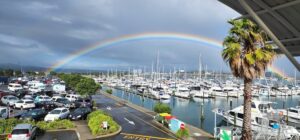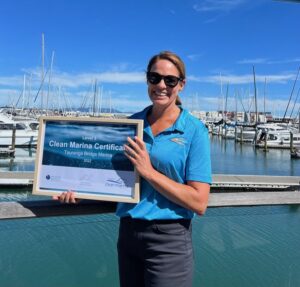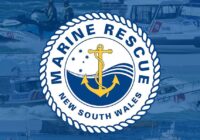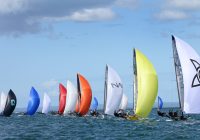In NZ, Tauranga Bridge Marina’s history with the Clean Marinas program is a case study in how far the marina sector has come in relation to environmental performance. It’s twelve years since Tauranga Bridge Marina prepared its first Clean Marina application. The Clean Marinas program had just taken its first steps in 2008, and putting the environment first in operations was a new mindset for Tony Arnold and the team at Tauranga Bridge – but one they were keen to adopt.

Fast forward four Clean Marina cycles, and Tauranga Bridge Marina now boasts a comprehensive environmental management system regarded as one of the best in the country.

Best Management Practices are key to running a Clean Marina, says Anna Barnes whose job it is to keep up to date with environmental performance and oversee Clean Marina renewals. “You need to show you have good sets of practices in place and that you are always thinking about environmental improvements.”
Tauranga Bridge Marina has created a site plan which enables the team to accurately respond to any incidents by pin pointing the response to take place.
For example, if there is an oil spill in the carpark, staff can turn to the Tauranga Bridge Marina Site Plan which will guide the team in determining where to bund or add booms.
Anna said while the marina investment was initially weeks rather than days in developing the first site plan and set of Best Management Practices, it’s now a matter of reviewing them, keeping them up to date, and making improvements.
It hasn’t all been smooth sailing: In 2015 the Clean Marina accreditation was put on hold following the Mobil oil spill in the Tauranga Inner Harbour.
“Although we did all we could the environmental impact was significant with heavy fuel oil coating marina structures, boats, mooring lines and fenders. There was a long clean-up process and once we were satisfied it was complete we applied for a ‘Clean Marina’ re-audit,” says Anna Barnes.
Embedding environmental management in practice through staff training is a key reason for its success.
“Our staff are very proactive, walking the marina constantly looking for spills or dirty bilge water. They can deliver a quick response to any issues that is important to pollution control.
“Back in the day no one knew any better but now environmental improvement is part of what we do,” she says.
For more information about the clean marina program visit www.nzmoa.com/clean-marina








